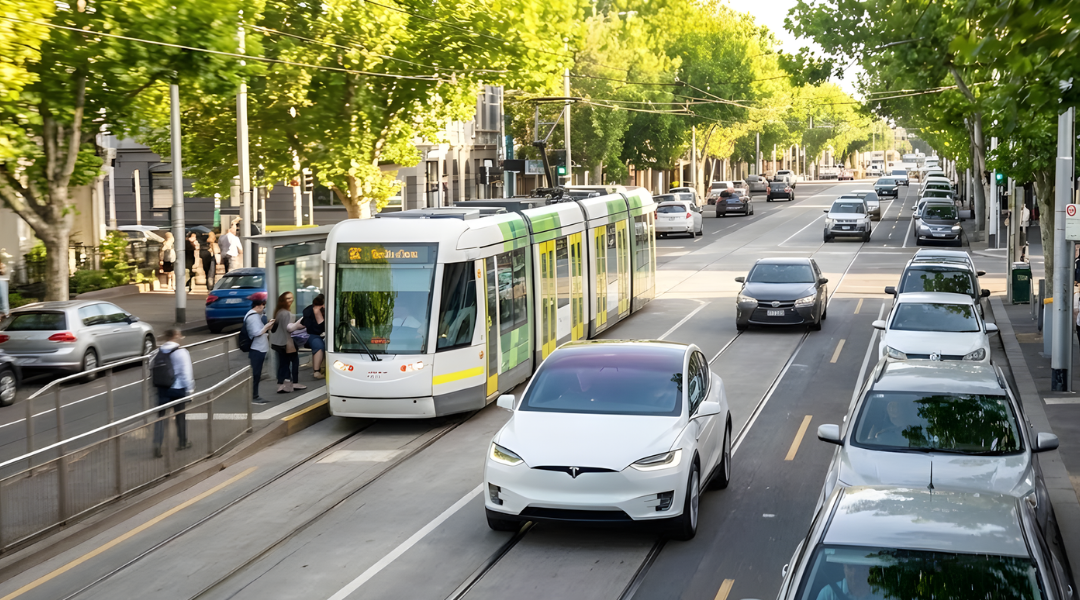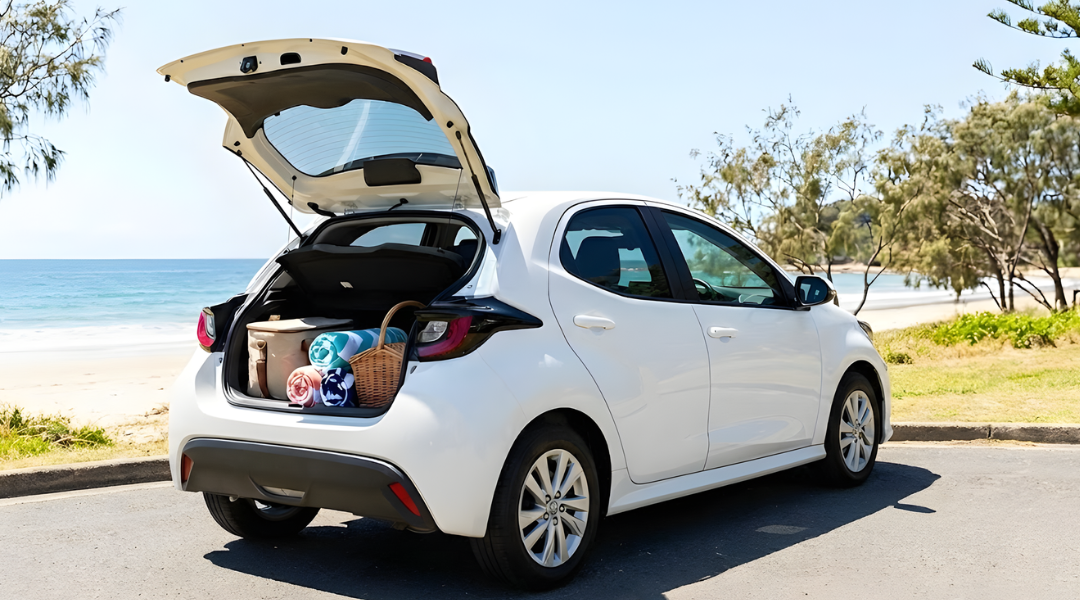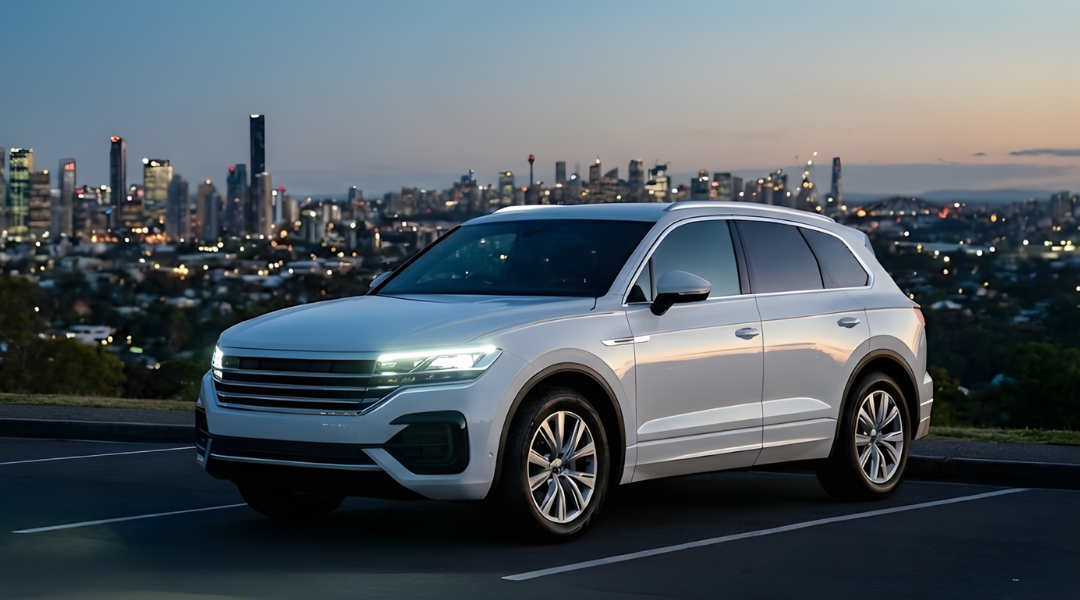The Royal Exhibition Building, a magnificent Victorian-era structure, stands as a testament to Melbourne’s rich history and architectural heritage. This iconic landmark has played a crucial role in the city’s development and has hosted countless events and exhibitions over the years. In this comprehensive guide, we’ll delve into the significance of the Royal Exhibition Building, explore its architectural marvels, and uncover its fascinating history.
For those planning a visit, Melbourne car rental services can provide convenient transportation to the Royal Exhibition Building and other attractions in the city.
Overview of the Building’s Architecture and History
The Royal Exhibition Building is a stunning example of Victorian architecture, featuring intricate details, soaring arches, and ornate decorations. The building’s grand facade and impressive dome have made it a recognisable symbol of Melbourne. Its history is intertwined with the city’s growth and development, and it has served as a venue for a wide range of events, from exhibitions and conferences to cultural performances.
A Brief History of the Building
Construction and Opening
The Royal Exhibition Building was constructed in 1880 to host the Great Exhibition of 1880, a major international event showcasing the latest advancements in technology, industry, and the arts. The building was designed by renowned architect Joseph Reed and was completed in time for the exhibition.
The Great Exhibition of 1880
The Great Exhibition of 1880 was a resounding success, attracting thousands of visitors from around the world. The exhibition showcased a wide range of exhibits, including machinery, inventions, and works of art. The Royal Exhibition Building provided a spectacular setting for the event, showcasing the city’s progress and prosperity.
Subsequent Uses and Renovations
Following the Great Exhibition, the Royal Exhibition Building continued to be used for a variety of purposes, including exhibitions, conferences, and public events. Over the years, the building has undergone several renovations and restorations to maintain its historic integrity and ensure its continued use. In 1996, the Royal Exhibition Building was declared a UNESCO World Heritage Site, recognizing its cultural significance and architectural importance.
Architectural Marvels of the Royal Exhibition Building
The Central Dome
- Design: A magnificent glass dome with a diameter of 75 meters (246 feet), supported by a complex network of iron girders.
- Purpose: The dome provides natural light to the interior of the building and creates a sense of grandeur and spaciousness.
- Features: The dome is decorated with intricate glass panels featuring geometric patterns and floral motifs.
The Great Hall
- Design: A rectangular hall measuring 125 meters (410 feet) long and 45 meters (148 feet) wide.
- Purpose: The Great Hall has been used for a variety of events, including exhibitions, concerts, conferences, and sporting events.
- Features: The hall features a high ceiling, ornate plasterwork, and a grand staircase leading to a balcony overlooking the hall.
The Courtyard
- Design: A landscaped courtyard surrounded by the building’s wings, featuring fountains, gardens, and sculptures.
- Purpose: The courtyard provides a peaceful outdoor space for visitors to relax and enjoy the surroundings.
- Features: The courtyard is home to the Queen Victoria statue, a prominent landmark in Melbourne.
The Clock Towers
- Design: Two clock towers located on either side of the main entrance, each standing at a height of 45 meters (148 feet).
- Purpose: The clock towers serve as landmarks and provide a sense of orientation for visitors.
- Features: The clock towers are adorned with intricate details, including decorative carvings and stained glass windows.
The Exhibition Galleries
- Design: A series of interconnected galleries that were originally used to display exhibits during the Great Exhibition of 1880.
- Purpose: The galleries are now used for a variety of purposes, including exhibitions, conferences, and events.
- Features: The galleries feature high ceilings, large windows, and ornate plasterwork.
Cultural Events and Exhibitions
The Royal Exhibition Building has a long history of hosting cultural events and exhibitions. Today, the building continues to be a popular venue for a variety of cultural activities.
Art Exhibitions and Galleries
The Ian Potter Centre: NGV Australia
- Location: Within the Royal Exhibition Building
- Focus: Australian art and design
- Exhibitions: Features a rotating collection of Australian art, including paintings, sculptures, and decorative arts.
- Events: Hosts a variety of events, such as artist talks, workshops, and film screenings.
Temporary Exhibitions
- Theme: Varies depending on the exhibition.
- Content: This can include art from around the world, historical artifacts, and interactive displays.
- Schedule: Check the Royal Exhibition Building’s website for upcoming exhibitions.
Concerts and Performances
The Royal Exhibition Building has hosted a wide range of concerts and performances, including:
- Music Concerts: Classical music, pop, rock, and other genres.
- Theatre Productions: Plays, musicals, and dance performances.
- Special Events: Concerts and performances for special occasions, such as Christmas and New Year’s Eve.
Conferences and Conventions
The Royal Exhibition Building is a popular venue for conferences and conventions, due to its spacious interior and central location.
Public Art and Installations
- Queen Victoria Statue: A prominent sculpture located in the courtyard of the building.
- The Great Hall Frieze: A decorative frieze located in the Great Hall, depicting scenes from Australian history.
- Temporary Installations: The building often hosts temporary art installations, such as sculptures, murals, and interactive displays.
Other Events
- Market Days: The Royal Exhibition Building sometimes hosts market days, featuring a variety of food stalls and vendors.
- Community Events: The building is also used for community events, such as fundraisers and charity events.
Accessibility and Facilities
The Royal Exhibition Building is committed to providing a welcoming and inclusive environment for all visitors. The building is fully wheelchair accessible, with ramps, lifts, and accessible restrooms throughout the site.
Wheelchair Accessibility
- Ramps and Lifts: The building features ramps and lifts to connect all levels of the building.
- Accessible Toilets: Accessible toilets are located throughout the building.
- Wheelchair Parking: Designated wheelchair parking spaces are available in the surrounding areas.
Restrooms and Amenities
- Restrooms: Public restrooms are located throughout the building, including accessible restrooms.
- Baby Change Facilities: Baby change facilities are available in the restrooms.
- ATMs: ATMs are located throughout the building for convenience.
- First Aid: First aid stations are located throughout the building.
Visitor Information Center
The Royal Exhibition Building Visitor Information Center provides information on the building’s attractions, events, and facilities. The centre is located at the main entrance of the building.
Tips for Visiting the Royal Exhibition Building
- Check the Website: Visit the official Royal Exhibition Building website for the latest information on events, exhibitions, and opening hours.
- Plan Your Visit: If you’re planning to attend a specific event or exhibition, it’s a good idea to book tickets in advance.
- Wear Comfortable Shoes: The building is large, so it’s a good idea to wear comfortable shoes.
- Bring a Camera: There are many photo opportunities at the Royal Exhibition Building, so don’t forget to bring your camera.
- Enjoy the Atmosphere: The building has a unique and historic atmosphere, so take some time to relax and enjoy the surroundings.
Best Time to Visit
The best time to visit the Royal Exhibition Building depends on your preferences. Here are some factors to consider:
- Events: If you’re interested in attending a specific event or exhibition, plan your visit accordingly.
- Crowds: The building can be busy during peak tourist season (December-February), so consider visiting during the shoulder seasons (March-May or September-November) for fewer crowds.
- Weather: Melbourne’s weather can be unpredictable, so check the forecast before you go.
Transportation Options
The Royal Exhibition Building is located in Carlton, a suburb of Melbourne. Here are some transportation options:
- Tram: Take the tram to Carlton Gardens or Parkville stations.
- Train: Take the train to Melbourne University station.
- Bus: Several bus routes stop near the Royal Exhibition Building.
- Walking: If you’re staying in the city centre, you can walk to the Royal Exhibition Building in about 20-30 minutes.
Budgeting for Your Trip
The Royal Exhibition Building is a free public space, so there is no admission fee. However, you may need to pay for tickets to specific events or exhibitions. Here are some other costs to consider:
- Accommodation: Prices vary depending on the time of year and the type of accommodation you choose.
- Food and Drink: There are several cafes and restaurants near the Royal Exhibition Building, offering a variety of food and drink options.
- Transportation: The cost of public transport depends on your travel distance and the type of ticket you purchase.
FAQs
Q: Are there any age restrictions for visiting the Royal Exhibition Building?
A: No, there are no age restrictions for visiting the Royal Exhibition Building. Children are welcome to visit the building, and there are often special events and activities designed for families.
Q: Is the Royal Exhibition Building accessible to people with disabilities?
A: Yes, the Royal Exhibition Building is fully wheelchair accessible, with ramps, lifts, and accessible restrooms throughout the site.
Q: Are there any guided tours of the Royal Exhibition Building?
A: Yes, guided tours of the Royal Exhibition Building are available. These tours provide an in-depth look at the building’s history and architecture.
Q: What is the best time of day to visit the Royal Exhibition Building?
A: The Royal Exhibition Building is open from 10:00 AM to 5:00 PM daily, except for Christmas Day. The best time to visit depends on your preferences. If you want to avoid crowds, consider visiting during the week or in the early morning or late afternoon.
Q: Are there any nearby attractions to visit after exploring the Royal Exhibition Building?
A: Yes, there are many nearby attractions to visit, including the Melbourne Museum, the Royal Botanic Gardens, and the Carlton Gardens.
Q: Is there a restaurant or café located within the Royal Exhibition Building?
A: Yes, there is a café located within the Royal Exhibition Building, offering a variety of food and drinks.
Q: Is there a luggage storage facility at the Royal Exhibition Building?
A: Yes, there is a luggage storage facility located at the Royal Exhibition Building.
Q: Are there any events or festivals held at the Royal Exhibition Building?
A: Yes, the Royal Exhibition Building often hosts events and festivals throughout the year, such as exhibitions, concerts, and markets.
Q: Is there a parking lot at the Royal Exhibition Building?
A: Yes, there is a paid parking lot located near the Royal Exhibition Building. However, parking can be limited during peak times.
Q: Is there a dress code for visiting the Royal Exhibition Building?
A: There is no strict dress code for visiting the Royal Exhibition Building. However, it is always a good idea to dress appropriately for the weather and the occasion.
Q: Are there any discounts available for admission to the Royal Exhibition Building?
A: Yes, there may be discounts available for students, seniors, and groups. Check the official website for more information.
Q: Is there a free Wi-Fi connection at the Royal Exhibition Building?
A: Yes, there is free Wi-Fi available at the Royal Exhibition Building.
Q: Is the Royal Exhibition Building accessible by public transport?
A: Yes, the Royal Exhibition Building is easily accessible by public transport. There are several tram and train lines that stop near the building.
Q: Are there any pet-friendly areas at the Royal Exhibition Building?
A: Yes, there are designated pet-friendly areas at the Royal Exhibition Building. Pets must be leashed and under control.
Q: Is there a souvenir shop at the Royal Exhibition Building?
A: Yes, there is a souvenir shop located at the Royal Exhibition Building, where you can purchase items related to the building and its history.
Q: Is there a wheelchair-accessible entrance to the Royal Exhibition Building?
A: Yes, the Royal Exhibition Building is fully wheelchair accessible, with ramps, lifts, and accessible restrooms throughout the site.
Q: Are there any events or activities for children at the Royal Exhibition Building?
A: Yes, the Royal Exhibition Building often hosts events and activities for children, such as interactive exhibits, workshops, and performances.
Q: Is there a restaurant with a view of the Royal Exhibition Building?
A: Yes, there is a restaurant located within the Royal Exhibition Building that offers views of the surrounding gardens and city skyline.
Conclusion
The Royal Exhibition Building is a historic landmark that offers a glimpse into Melbourne’s rich history and culture. By exploring the building’s architecture, exhibits, and events, you can gain a deeper appreciation for this iconic venue. Whether you’re a history buff, a culture enthusiast, or simply looking for a unique experience, the Royal Exhibition Building is a must-visit destination.
City Car Rental Melbourne: Your Gateway to Adventure
Ready to explore Melbourne and its surrounding areas at your own pace? Rent a car near Melbourne Airport and experience the freedom of the open road.
Start your Melbourne adventure today!
[/vc_column_text][/vc_column][/vc_row][vc_row css=”.vc_custom_1727246131169{padding-top: 40px !important;}”][vc_column][vc_raw_html]JTVCcG9kcyUyMG5hbWUlM0QlMjJjYXJfaGlyZV9sb2NhdGlvbnMlMjIlNUQlN0IlNDBjYXJfaGlyZV9sb2NhdGlvbnMlN0QlNUIlMkZwb2RzJTVE[/vc_raw_html][/vc_column][/vc_row]



